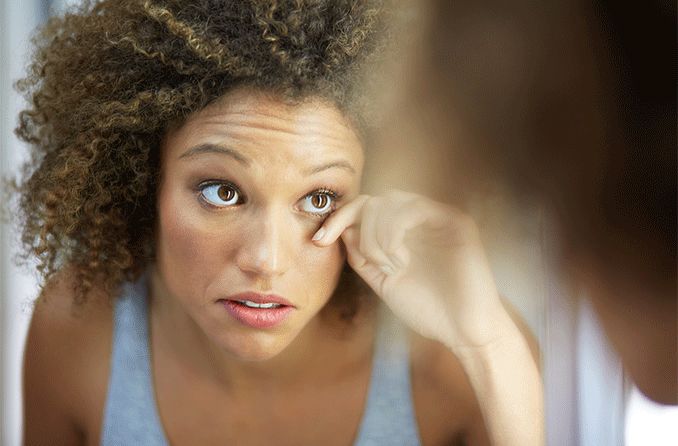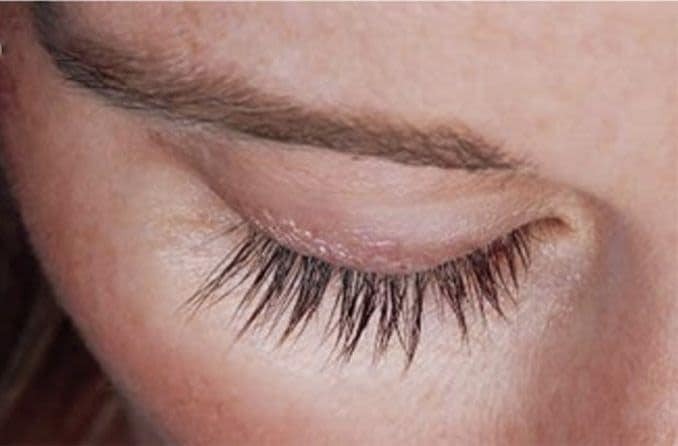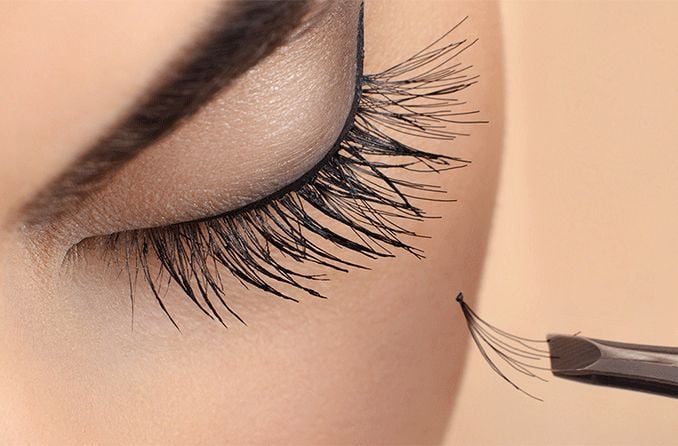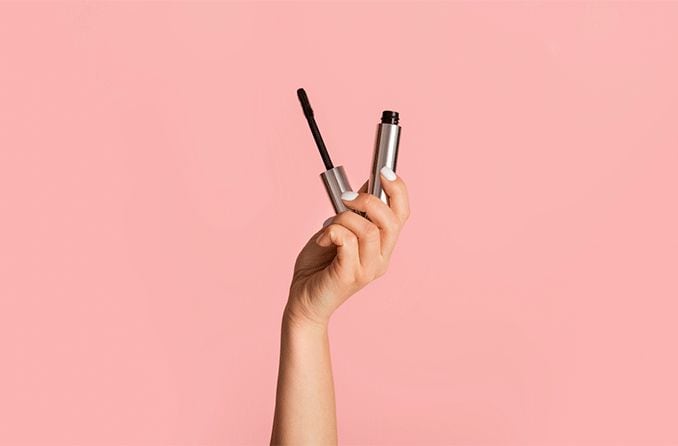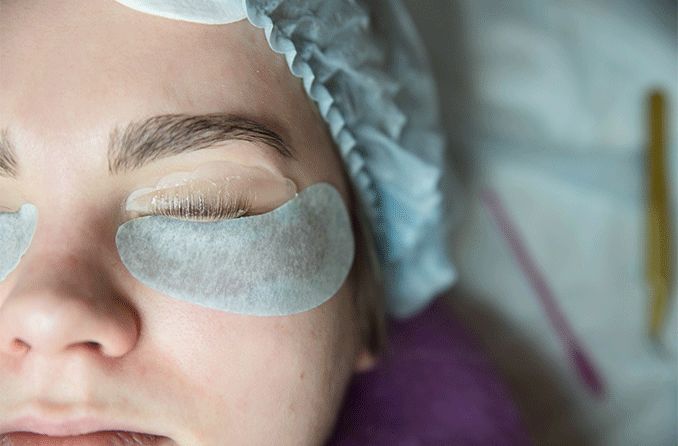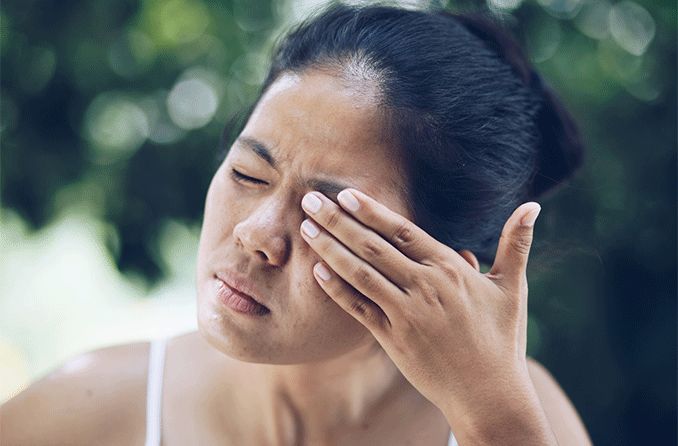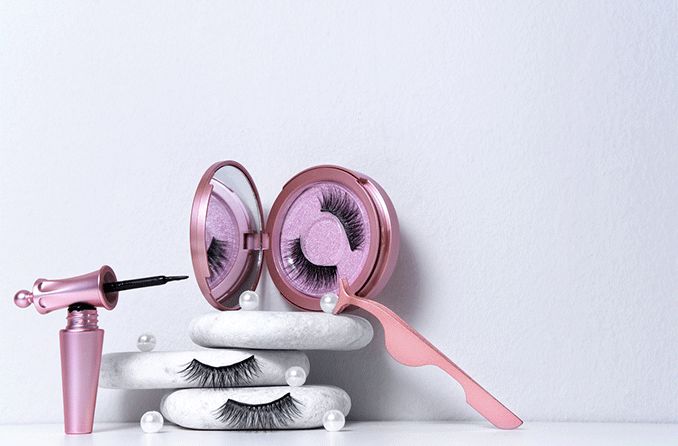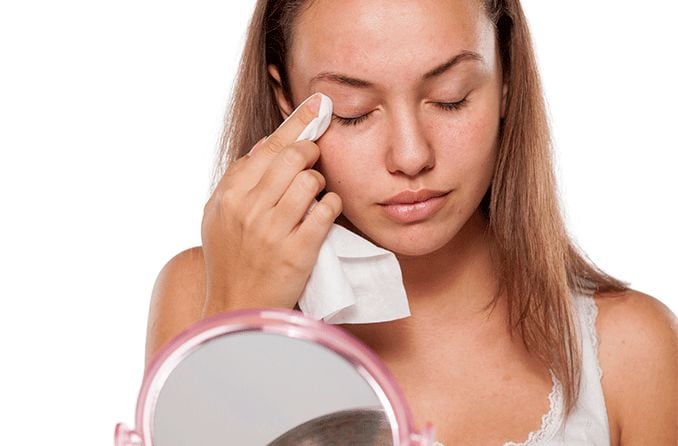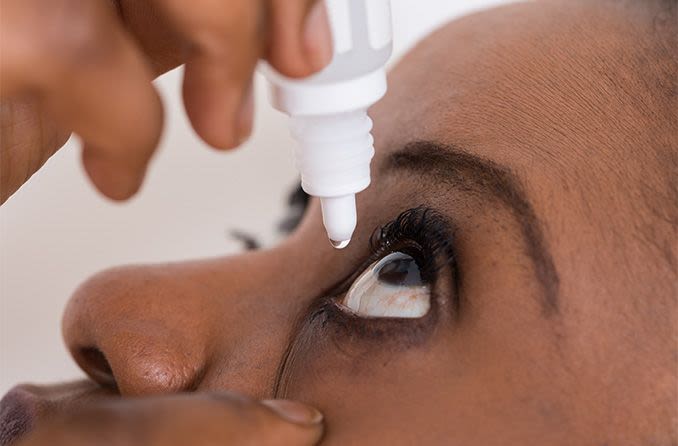Fake eyelashes provide beautiful finishing touches on both formal and casual makeup looks. They bring out the beauty of the eyes and are relatively simple to apply and wear. However, falsies can sometimes lead to eye infections if they are not properly applied or cared for.
Eye infections caused by various types of makeup can be painful and irritating, no matter the product or incident that caused the condition to occur. This includes those false eyelashes and the risks associated with them, such as bacteria buildup, sensitivity to eyelash adhesive, and even application injuries.
Symptoms
Infections caused by false eyelashes or other types of eye makeup can be bacterial or allergy-related, or develop after an injury such as scratching the cornea as you apply makeup.
Eye symptoms may be similar, regardless of the cause, and can include the following:
If you wear contact lenses and experience any of these symptoms, it is best to remove your contacts and wear eyeglasses until your condition is diagnosed, treated and healed.
Causes
How can fake eyelashes cause an eye infection? Bacteria, eye injury during the application process, or an allergy to an ingredient in your lash glue can all cause infection to develop.
If you notice irritation or other symptoms of an infection in your eyes after applying false lashes, it could be the result of:
- Bacteria spreading after sharing cosmetic products with others.
- Using (or reusing) old false lashes and other products.
- Wearing products for too long or sleeping in your makeup and false lashes.
- Accidentally scratching your cornea during lash or makeup application (corneal abrasion).
- A sensitivity or allergy to certain ingredients found in eyelash glue.
SEE RELATED: Do eyelashes grow back?
Treatment
The first step in treating any eye infection associated with cosmetics is to stop using the offending makeup and discard it to prevent the spread of bacteria. You should also take a break from contact lenses until the condition clears up to prevent any infection from developing beneath the lens.
Additional treatment may vary depending on what caused the infection. Bacterial infections may be treated with:
- Prescription oral antibiotics
- Prescription antibiotic eye drops or ointments
- Eye compresses
If your infection occurred after scratching your cornea, your doctor may prescribe special steroid drops or other medication — this depends on the severity of the wound.
Your eye doctor may also recommend artificial tears to help soothe symptoms of the infection and assist in washing away debris or discharge. In mild cases, lubricating artificial tears are recommended as a primary treatment.
Though makeup-induced eye infections are treatable, some rare cases have caused temporary and permanent blindness, according to the FDA. See your eye doctor as soon as possible to get the proper care for your eyes.
Can I wear eye makeup with an eye infection?
Wearing eye shadow, eyeliner, mascara or false lashes while you have an infection is not a good idea. It can further irritate the area and contaminate your cosmetic supply, allowing bacteria to grow and spread during future makeup applications.
Please avoid applying cosmetics during an eye infection, dispose of old products in a timely manner and thoroughly clean or replace your makeup brushes and tools to avoid contamination.
SEE RELATED: What happens if you get glitter makeup in your eye?
How to clean fake eyelashes
Just as you should clean your makeup brushes, it’s crucial to clean your false eyelashes after wearing them. Bacteria and dirt can build up under the glue, and the lashes can even collect debris from your makeup bag or wherever they are stored.
Keeping your falsies sanitized helps protect your eyes from infection and extends their wear so you can safely reuse them on more than one occasion.
Here’s how to clean fake eyelashes:
- Wipe away glue and residue on your fake lashes with an oil-free eye makeup remover.
- Remove softened, leftover glue from the base of the lashes with tweezers.
- Disinfect the lashes with rubbing alcohol.
- Let your lashes air-dry completely before putting them away to prevent bacteria and mold from growing.
- Keep your fake lashes in a clean, dry and cool environment — avoid keeping them in your makeup bag unless they have their own small case.
Risk prevention and safety tips
Keeping your makeup and the area around your eyes hygienic is crucial in preventing eye infections and other complications associated with eye makeup and false lashes.
The following are some best practices when it comes to using cosmetics around your eyes:
- Always use clean hands when applying or removing makeup.
- Review the ingredients list of cosmetics before using them. If you see something that triggered an infection or allergic reaction in the past, be sure to avoid that product.
- Get rid of products you used during an eye infection.
- Don’t share cosmetics.
- Don’t use expired cosmetics and dispose of used products after two to four months, as recommended by manufacturers.
- Do not moisten dried-up mascara or other products using water or saliva.
- Only use products that are approved for and labeled as safe for use near the eyes.
- Do not apply (or remove) makeup while riding in a car or other moving vehicle. If it’s a bumpy ride, you can accidentally poke your eye and scratch your cornea, which can cause irritation and lead to infection.
- Be cautious about trying on “tester” makeup in stores. Always use a clean applicator such as a fresh cotton swab (rather than applying it directly from the container to your face) to avoid strangers’ germs.
- Store your cosmetics in a cool and dry place. Products left in the car can overheat and affect the quality of the ingredients.
Fake lashes vs. lash extensions
Fake lashes and lash extensions are two different things, although both can carry the risk of an eye infection.
While fake lashes require a new application with each use, eyelash extensions can be applied once and last for several weeks or months.
With the exception of magnetic fake lashes, both falsies and extensions are applied with adhesive, which can be irritating for some. A “patch test'' of the adhesive you intend to use should be done on another part of your skin before applying it to your eyelids to ensure you do not have a negative reaction.
Lash extensions should also be applied by a professional, certified technician, as the application is an hours-long, in-depth process that takes place around your sensitive eyes. The glue used for both fake lashes and lash extensions can weigh down on your eyes and cause irritation if too much is used.
Whatever your cosmetic of choice is, always use it properly. Hygiene and cleanliness play a big role in keeping your eyes safe so that they can look glamorous in return.
If you notice any irritation or signs of infection after using lash products, don’t hesitate to contact your optometrist as soon as possible.
READ NEXT:
Is it safe to do your own eyelash extensions?
